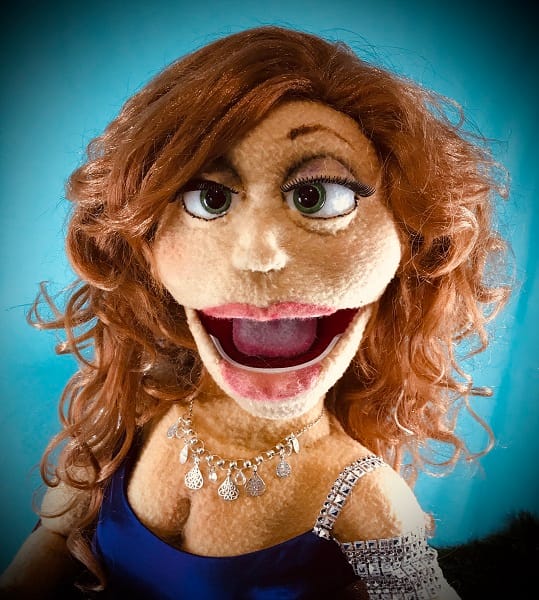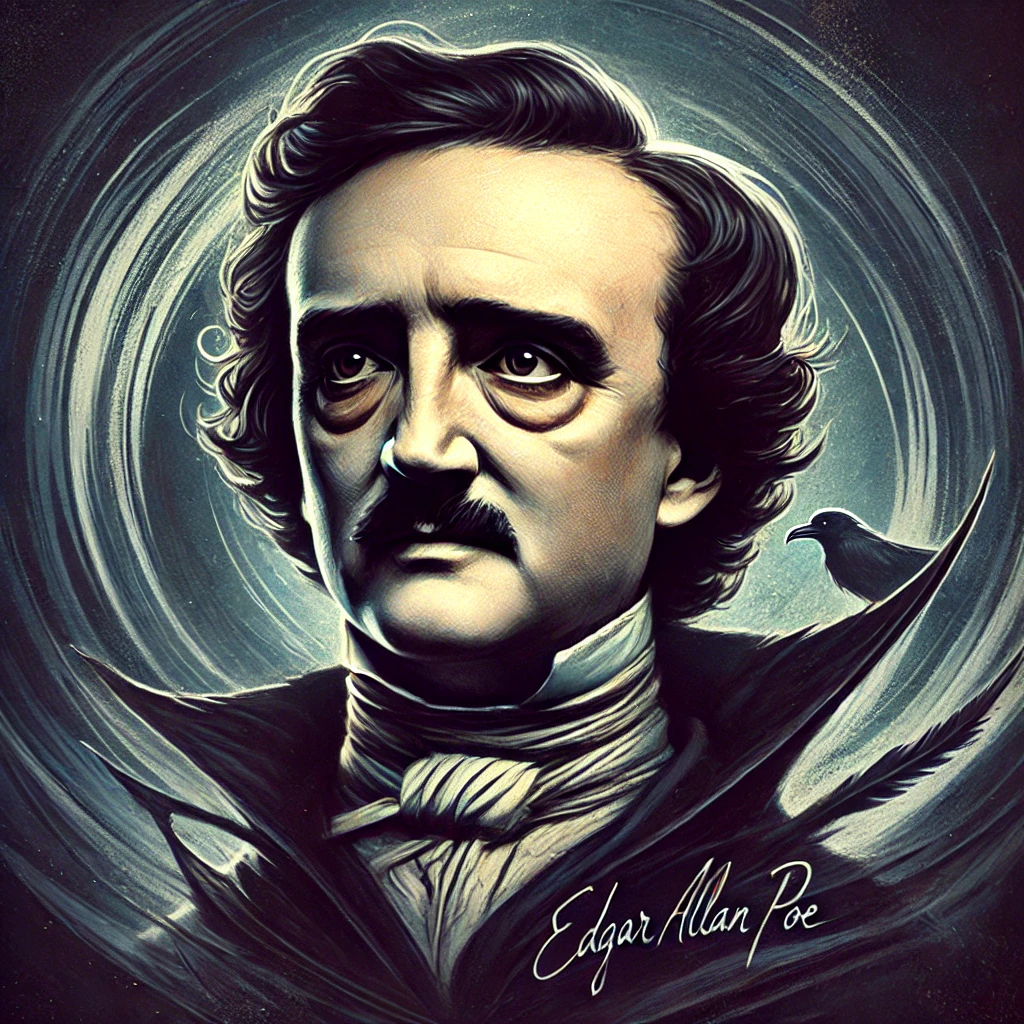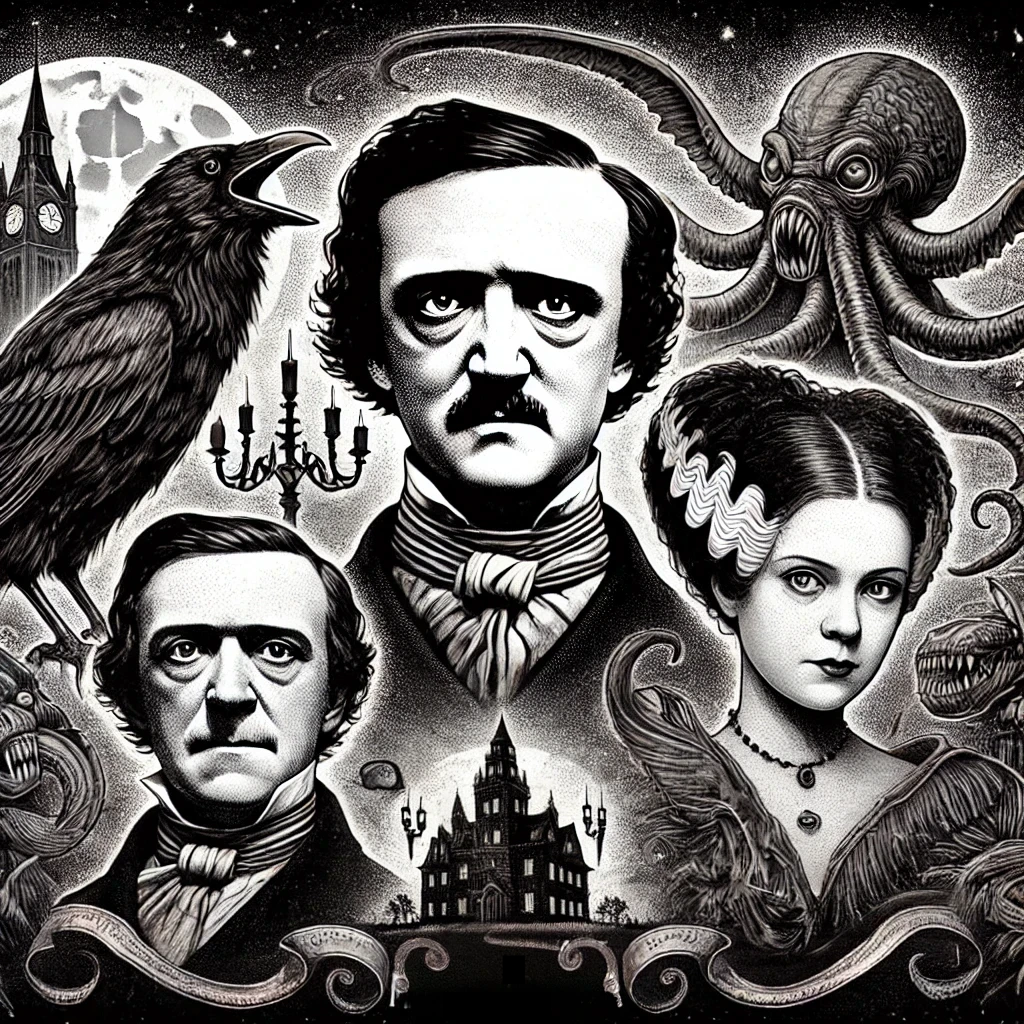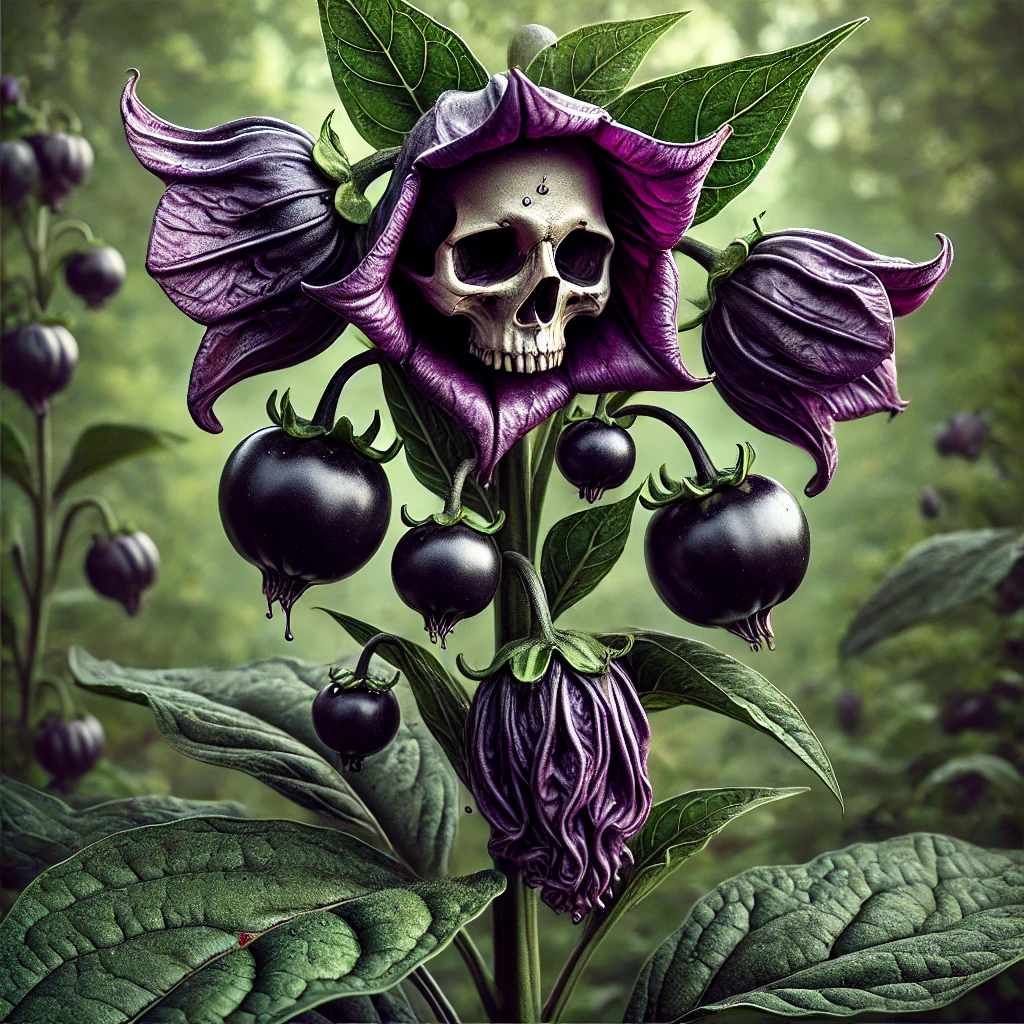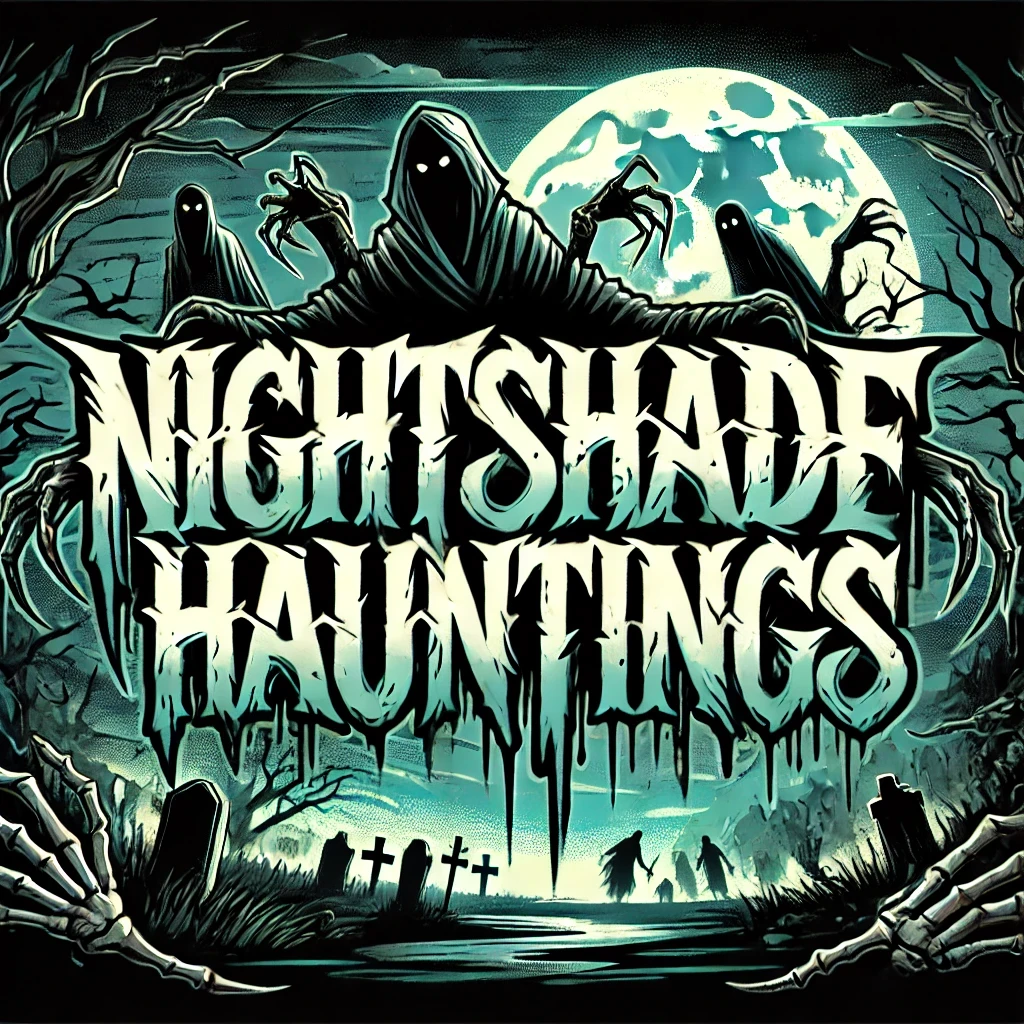Say hello to a few of my puppet pals!









The Art of Puppetry
Puppetry is an art form as ancient as it is dynamic, encompassing a broad range of styles, each bringing stories to life in uniquely expressive ways. My journey through puppetry has been a diverse and enriching experience, touching on numerous techniques with 200+ hours of puppetry training–hand arm-rod, glove, object, toy theater, crankie, shadow, paper pop-ups for puppetry, ventriloquism, extensive monitor training (e.g., Muppets), including techniques for writing material and filming of puppets.
A major feature of puppetry, shared intimately with acting, is the power of stillness. In both disciplines, significant emotion can be conveyed through moments of pause and quiet, allowing the audience to engage deeply with the material. This stillness, paired with deliberate, slow movements, ensures that each action made by the puppet is purposeful and impactful, mirroring human reactions and emotions.
When a puppet hears or sees something, it looks, thinks, moves towards the sound or object, then reacts, mimicking the natural human process of reacting to stimuli. Each of these moments must be clear and distinct, much like in mime, where clarity and intention are paramount.

Choosing the right type of puppetry for a performance is a critical decision. One must consider whether the story is best served through the use of puppets or actors. Different narratives might be better expressed through shadow puppetry, which can cast ethereal, larger-than-life silhouettes, or through the tangible, intimate presence of hand and glove puppets. This decision-making process is akin to directing a film, where the medium must match the message.
In puppetry, we often consider the most effective way to present our performances. Like in cinema, varying the visual angles and perspectives can significantly enhance the storytelling, maintaining the viewer’s interest much as changing camera angles keeps a movie audience engaged. In live performances without the benefit of multiple camera angles, this might mean repositioning the puppet or the scene to provide fresh viewpoints.
Additionally, puppetry is not confined to entertainment for children; it can also address serious adult themes and explore complex emotions. Whether teaching values through folk tales or delving into more profound societal issues, puppetry can adapt to suit the audience’s needs and the story’s demands.

Creating and using puppets also involves a blend of craftsmanship and imagination. Some puppeteers design their puppets with specific performances in mind, crafting each figure to fit the narrative precisely. Others might begin with pre-existing puppets, finding stories that match their characters’ inherent qualities. The scale of puppets can vary dramatically—from tiny finger puppets to massive constructs operated by multiple people, each type bringing different possibilities and challenges.
Lastly, the art of puppetry continues to evolve, incorporating modern technologies and new methods like video puppetry, which allows for complex, multi-angled storytelling that mirrors film techniques. This evolution shows puppetry’s flexibility and its enduring appeal, capable of both preserving traditional techniques and embracing innovative approaches.
Puppetry, in all its forms, is a testament to the creativity and enduring human spirit to tell stories in visually dynamic and emotionally powerful ways. Each puppet holds a world of potential, ready to bring laughter, tears, and reflection to audiences of all ages.








